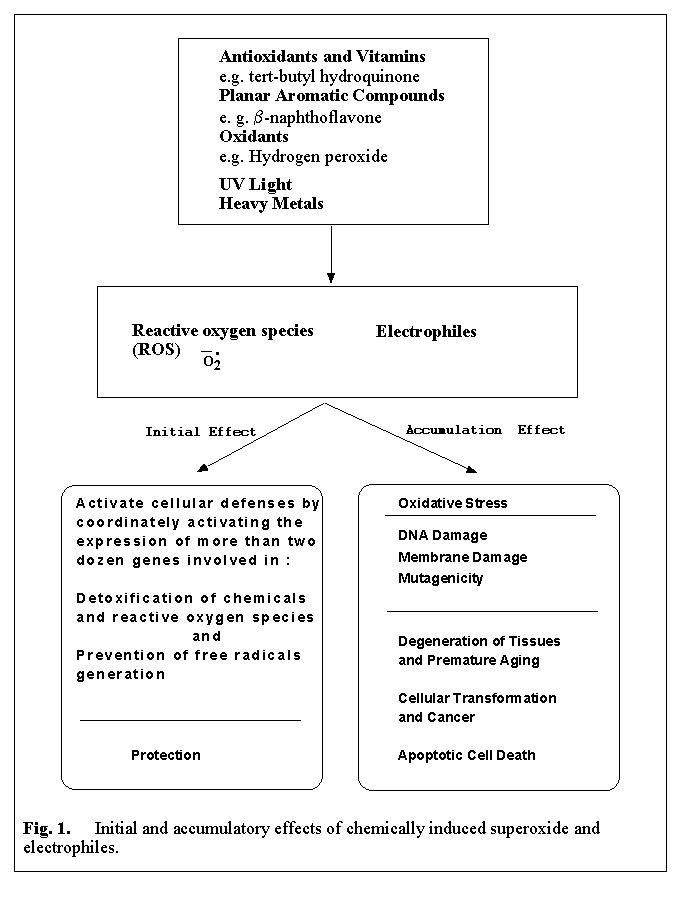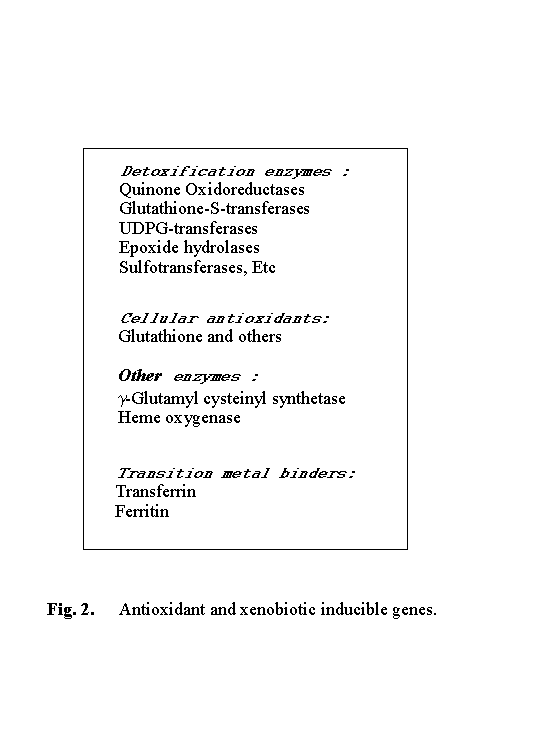Presentation | 6th Internet World Congress for Biomedical Sciences |
S. Dhakshinamoorthy(1), D. Bloom(2), Anil Jaiswal(3)
(1)(2)Department of Pharmacology. Baylor College of Medicine. - Houston. United States
(3)Baylor College of Medicine - Houston. United States
|
|
|
|
|
|
 |
|
Fig. 1. Initial and accumulatory effects of chemically induced superoxide and electrophiles.
|
 |
|
Fig. 2. Antioxidant and xenobiotic inducible genes.
|
|
|
|
|
|
|